Have investors favoured active management or ETFs to invest in bear markets? Have they changed their preference between active management and ETFs at the beginning of 2022 to invest in sustainable funds? What can we learn from these flows to improve portfolio construction?
What did investors do in January 2022?
Flows in January 2022 were down compared to the previous month in a more volatile context where both equity and bond markets have declined. Total flows reached €41.3 billion, down 33% compared to December 2021. This is the lowest monthly figure over 1 year. However, this masks a heterogeneous situation. Flows to equity funds (active funds and ETFs) increased sharply, by 70% compared to December 2021 to €36.3 billion, even as financial markets in developed countries fell. These flows to equity funds represent 88% of total flows. Regarding the bond market, for the first time since March 2020, funds in this segment have seen net outflows: -4.8 billion euros in January, impacted by both the rise in rates and that of spreads.
Passive funds captured the majority of flows at the beginning of 2022
With €36.2 billion in inflows, passive funds (ETFs or index funds) won 88% of the inflow in Europe in January.
- On the equity markets, passive funds were the big winners in Europe: €32 billion raised, or 88% of flows to equity funds. This is the highest level of flows achieved over a year. Note the good performance of flows to index funds: more than a third of passive flows went to index funds, against 25% on average over one year. Flows toward funds in developed markets more than doubled to €19.3 billion. Those toward global funds were also more than twice the monthly average for 2021 at €4.9 billion. Emerging market fund flows, on their side, reached an all-time high of €7.7 billion, 60% above the previous record of November 2020.
- In bond markets, flows to passive funds remained positive at €3.6 billion but down sharply compared to December (-63%) In this segment, flows to developed country debt and overall debt fell sharply. Among developed country debt funds, US government debt funds were the most impacted, followed by the high-yield segment. Corporate debt flows decreased, but remained positive. The European government debt segment continued to collect.
Flows to active funds in January 2022 were down sharply
- On the equity markets, with €4.4 billion in flows for active management, flows were down 67% compared to December 2021. This is the lowest level in a year. Flows toward funds from developed and global countries have declined markedly, but have not turned negative. It is interesting to note the decrease in outflows in emerging markets whose funds were almost no longer decollecting against €1.3 billion on average monthly outflows in the last quarter of 2021.
- On the bond markets, flows to active management are down sharply, with €8.7 billion in outflows. This was the first outflows since March 2020. Flows were strong circulation to all categories, debt of developed countries of emerging countries and global debt. However, it is interesting to note that two categories collect above their historical average (1 year and 5 years), European government debt and corporate debt.
Sustainable flows continued to rise sharply, with the majority of these flows continuing to flow to active funds.
In January 2022, sustainable flows showed a decrease of 28% compared to those of December 2021 slightly lower than that of the market to reach 30.4 billion euros. More than three-quarters of European mutual fund flows have been to sustainable funds, which is part of a long-term movement. Active management collected €19.7 billion, or 65% of these sustainable flows. On equities, flows to passive funds are slightly higher than those to active funds, with respectively 8.9 billion of euros against 8 billion of euros. On bonds, active funds outweigh passive funds more broadly, with respectively €5 billion versus €2 billion.
What to remember to improve portfolio construction?
The study of flows in Europe in this month of January shows us once again the differentiating role of each management style according to the market phases. In this turbulent market phase , ETFs allowing them to position themselves tactically have been widely acclaimed, whether in developed countries so as not to stay away from the market or in emerging markets if the rise were to be confirmed. The continuation of flows to sustainable funds, mainly to active funds, shows that active funds are favoured for the more structural rotation towards sustainable portfolios.
*Sources: BSD Investing & Morningstar. Data as of 31/01/2022.
Marlene Hassine Konqui



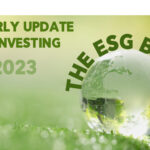
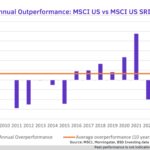




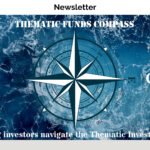
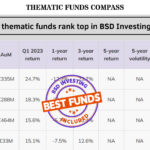
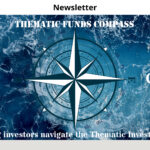

Leave a Reply
You must be logged in to post a comment.